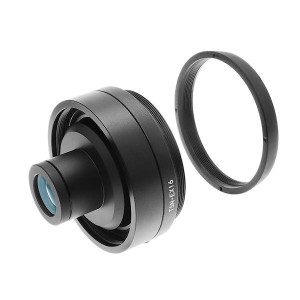Kowa TSN-EX16 Extender
Kowa America recently released the TSN-EX16 Extender. The extender is placed between the body of a Kowa TSN-880 or TSN-770 spotting scope and the eyepiece and multiplies the standard magnification by 1.6x. This is analogous to photographic lens extenders that mount between a camera’s lens and body. With the current 25-60x zoom eyepiece (Kowa TE-11WZ) that fits these spotting scopes, the resultant magnification becomes 40-96x!
But what about the historical downsides of extenders? How does the optical quality hold up? Is there much loss of light? What about sharpness and clarity? I took out my trusty TSN-884 and Panasonic Lumix G6 to find out. An accommodating Peregrine Falcon stayed long enough for me to get some test shots. Continue reading


